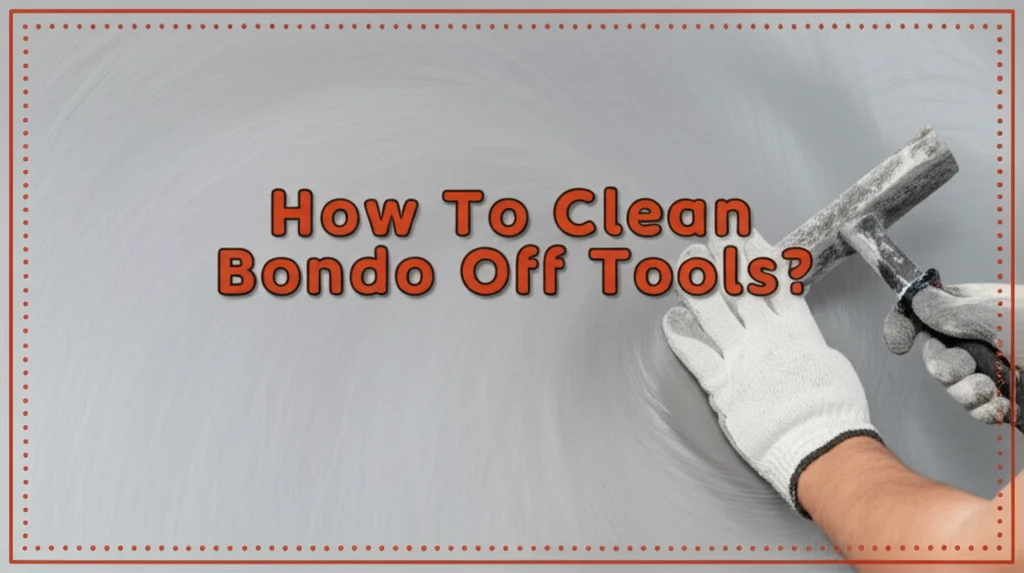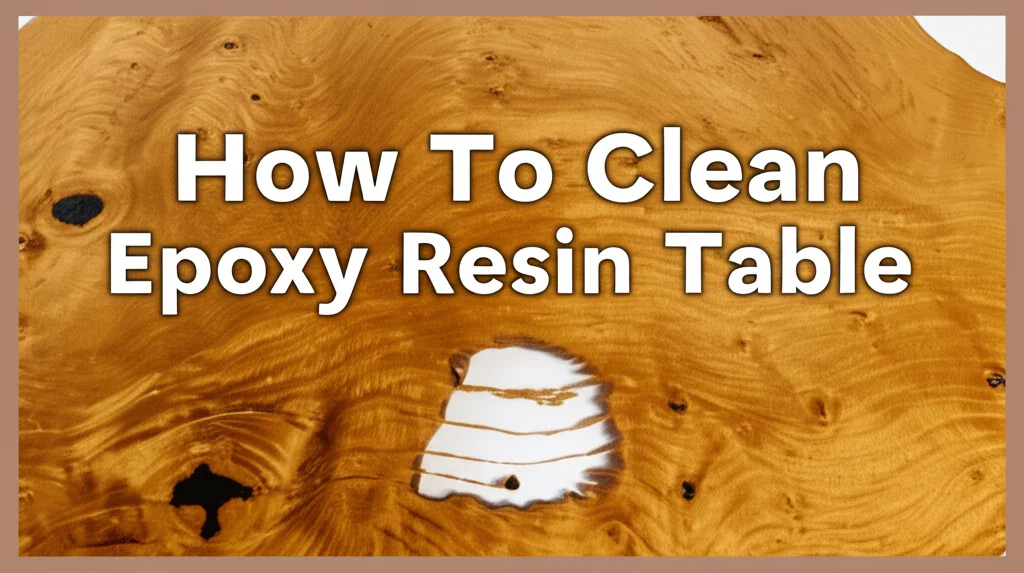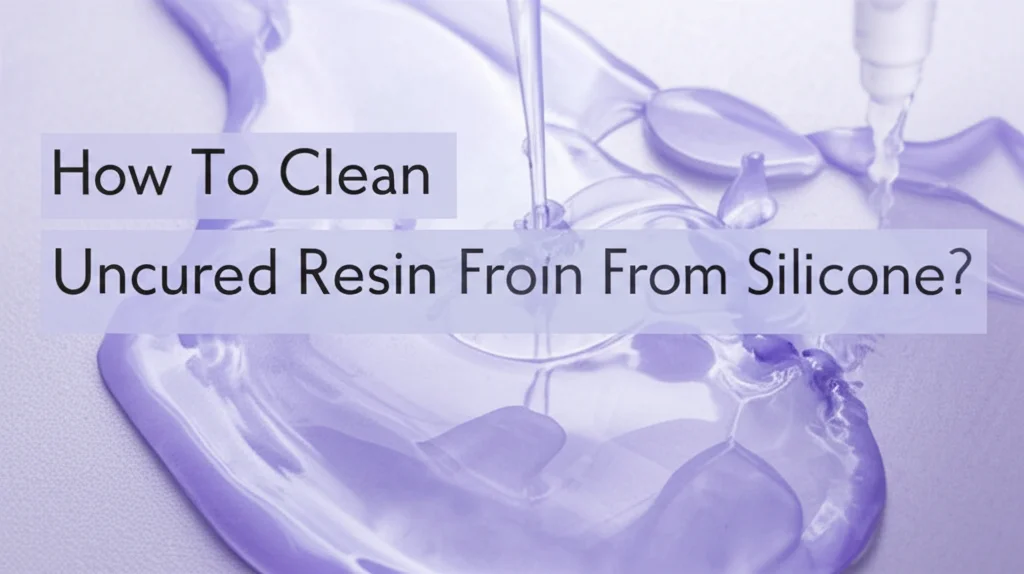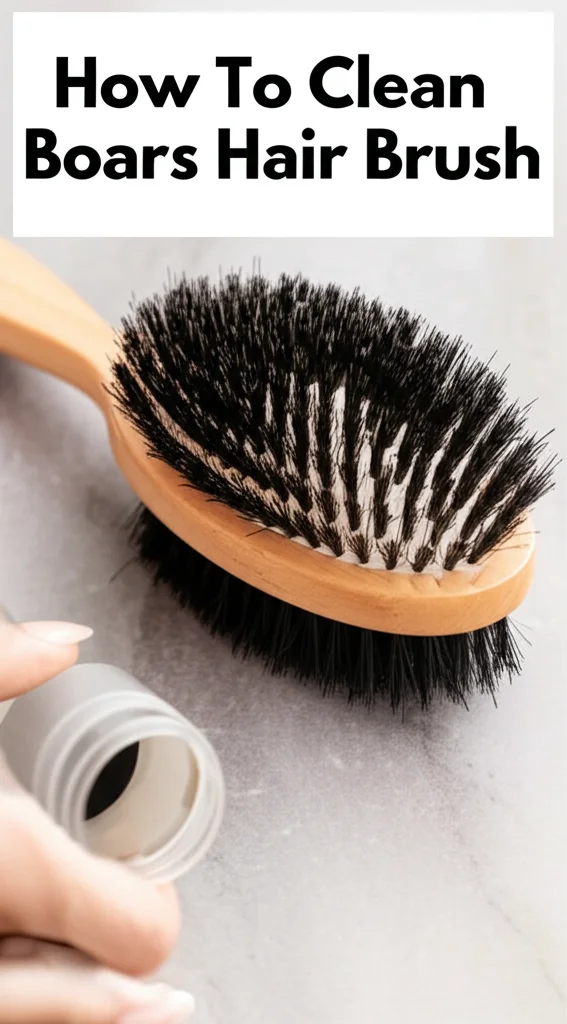· DIY & Home Improvement · 7 min read
How To Clean Epoxy Resin From The Brush
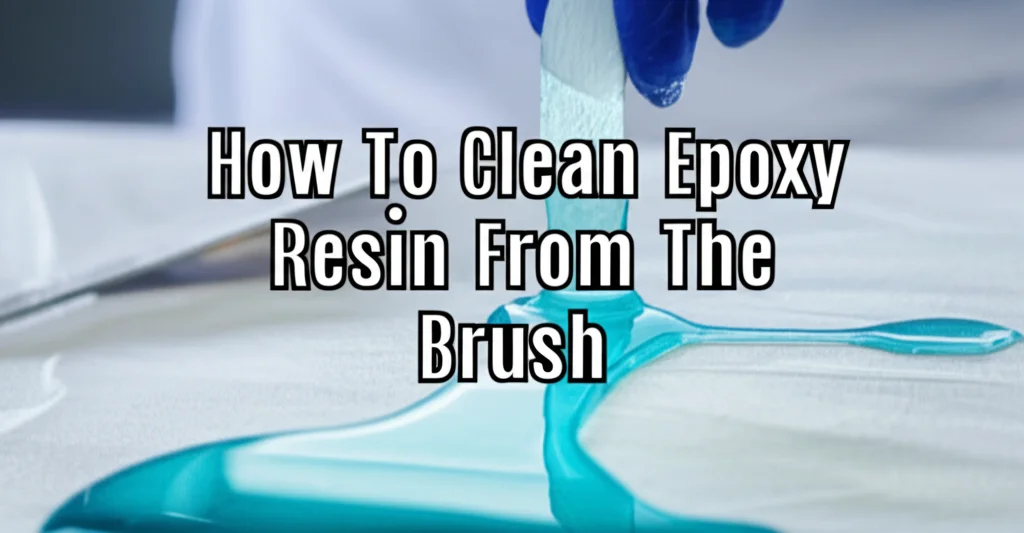
How To Clean Epoxy Resin From The Brush
Ever started a resin project and then panicked when you looked at the hardened epoxy clinging to your brush? It’s a common problem! Cleaning epoxy resin from a brush seems daunting, but it’s absolutely achievable with the right techniques. This guide will walk you through several methods to effectively clean epoxy resin from your brush, saving you money and extending the life of your tools. We’ll cover everything from preventative measures to tackling fully cured resin.
Takeaway:
- Preventative measures are key: clean brushes immediately after use.
- Isopropyl alcohol is your first line of defense for uncured resin.
- For cured resin, patience and mechanical removal (scraping, heat) are necessary.
- Proper brush care extends the life of your tools and saves you money.
Quick Answer:
Cleaning epoxy resin from a brush depends on whether the resin is wet or dry. For wet resin, isopropyl alcohol works wonders. If the resin has hardened, you’ll need to scrape it off, potentially using heat to soften it, and then thoroughly clean the brush.
Why Cleaning Epoxy Resin is Important
Let’s face it, nobody enjoys cleaning up after a project. However, cleaning epoxy resin from your brush isn’t just about tidiness; it’s about practicality and cost-effectiveness. Leaving epoxy to harden on your brush renders it unusable for other paints or finishes. This means you’ll need to replace the brush more frequently, adding up to significant expenses over time. Furthermore, a clean brush performs better, ensuring smoother and more even application in your next resin project.
Preventing Epoxy Resin Build-Up: The Best First Step
The easiest way to clean epoxy resin is to prevent it from hardening on your brush in the first place. This means immediate action is crucial. Always have your cleaning supplies ready before you start pouring the resin. This proactive approach will save you a lot of time and effort later on. Consider these preventative steps:
- Use disposable brushes: For smaller projects, disposable brushes can be a convenient option.
- Dedicated brushes: Keep a set of brushes specifically for epoxy resin work.
- Immediate cleaning: Wipe the brush with a paper towel immediately after use to remove excess resin.
- Resin release tape: Apply resin release tape to the bristles to minimize adhesion.
Cleaning Uncured Epoxy Resin: Isopropyl Alcohol is Your Friend
If you catch the epoxy before it cures, you’re in luck! Isopropyl alcohol (IPA) is the most effective solvent for uncured epoxy resin. It breaks down the resin, making it easy to wipe away. The higher the concentration of IPA, the better it will work, with 91% or higher being ideal. Here’s how to use it:
- Rinse with water: Begin by rinsing the brush with warm water to remove as much uncured resin as possible.
- Soak in IPA: Submerge the brush bristles in a container of isopropyl alcohol.
- Agitate and scrub: Gently agitate the brush and scrub the bristles with your fingers or a small brush.
- Repeat: Repeat the soaking and scrubbing process until all traces of resin are removed.
- Wash with soap and water: Finish by washing the brush with warm, soapy water to remove any remaining IPA residue.
Tackling Cured Epoxy Resin: Mechanical Removal
Sometimes, despite our best efforts, the epoxy hardens on the brush. Don’t despair! While more challenging, removing cured epoxy is still possible. This usually involves mechanical removal, meaning physically scraping or chipping away at the hardened resin. Here’s a breakdown of methods:
- Plastic Scraper: A plastic scraper is a good starting point, as it’s less likely to damage the brush bristles. Gently scrape away the hardened resin, working from the base of the bristles towards the tips.
- Razor Blade (with caution): For stubborn areas, a razor blade can be used, but exercise extreme caution to avoid cutting yourself or damaging the brush. Hold the blade at a shallow angle and scrape gently.
- Heat (with caution): Applying gentle heat can soften the epoxy, making it easier to scrape off. Use a heat gun on a low setting, keeping it moving to avoid overheating and damaging the brush. Never use an open flame.
- Sandpaper (as a last resort): Fine-grit sandpaper can be used to carefully sand away the remaining resin, but this will likely damage the bristles and should only be used as a last resort.
Deep Cleaning After Resin Removal
Once you’ve removed the bulk of the epoxy, whether cured or uncured, a thorough deep clean is essential. This ensures all traces of resin are gone and prevents future build-up. Here’s a step-by-step process:
- Warm Soapy Water: Wash the brush thoroughly with warm water and dish soap.
- Brush Cleaner: Use a dedicated brush cleaner to remove any remaining residue. These cleaners are designed to break down paint and resin particles. You can find these at most hardware stores.
- Rinse Thoroughly: Rinse the brush under running water until the water runs clear.
- Shape and Dry: Gently reshape the bristles and lay the brush flat to dry. Avoid standing the brush on its bristles, as this can cause them to bend and deform.
Choosing the Right Brush for Epoxy Resin
Selecting the right brush can significantly impact the ease of cleaning. Certain brush types are more prone to resin build-up than others. Here are some recommendations:
- Synthetic Bristles: Synthetic brushes are generally better for epoxy resin than natural bristle brushes. They are less absorbent and easier to clean.
- Flat Brushes: Flat brushes are ideal for applying epoxy resin evenly.
- Foam Brushes: Foam brushes are a good option for smaller projects and are easily disposable.
- Avoid Expensive Brushes: While quality brushes are nice, consider using less expensive brushes for epoxy resin work, as they will likely require more frequent cleaning or replacement. You can find affordable, high-quality synthetic brushes specifically designed for resin art.
Frequently Asked Questions (FAQs)
Q: Can I use acetone to clean epoxy resin?
A: While acetone can dissolve some epoxies, it’s generally not recommended. It can damage the brush bristles and may not be effective on all types of epoxy resin. Isopropyl alcohol is a safer and more effective option.
Q: How long can epoxy resin stay on a brush before it’s impossible to clean?
A: The longer the epoxy sits, the harder it becomes to remove. Ideally, clean the brush immediately after use. If it’s been a few hours, isopropyl alcohol may still work. After 24 hours, mechanical removal will likely be necessary.
Q: What do I do if the epoxy resin has hardened deep within the brush bristles?
A: This is a tough situation. Try soaking the brush in isopropyl alcohol for an extended period (overnight). If that doesn’t work, carefully use a small needle or pin to pick out the hardened resin, being extremely careful not to damage the bristles.
Q: Is there a specific type of isopropyl alcohol that works best?
A: Yes, 91% or higher isopropyl alcohol is the most effective for dissolving epoxy resin. Lower concentrations contain more water, which can hinder the cleaning process.
Conclusion
Cleaning epoxy resin from a brush doesn’t have to be a nightmare. By following these tips and techniques, you can effectively remove both uncured and cured resin, saving money and extending the life of your valuable tools. Remember, preventative measures are key – clean your brushes immediately after use! Don’t let hardened epoxy ruin your brushes; with a little effort and the right supplies, you can keep them in top condition for all your future resin projects. Now go forth and create, knowing you have the knowledge to tackle even the stickiest clean-up!

